Online shopping provides a quick and convenient way to purchase products, and this is especially true for the...
Lymphedema Pump - Compression Pumps for Lymphedema Treatment
Lymphedema Pumps are compression devices that force air into arm or leg sleeves. A lymphedema device forces air into segmented or non-segmented garments that encourage lymph fluid to continue moving toward the body's torso, preventing pooling. Lymphedema Pumps are not just a reactive treatment but preventative as well. These devices aid in softening fibrotic tissues which will create an environment for more efficient lymphatic drainage and health
Quick Links:
What is Lymphedema?
Indications
Contraindications
Lymphedema Pump Application
Sleeve Sizing
Lymphedema is characterized by a retention of fluid and tissue swelling. The fluid retention and swelling is caused by a lymphatic system which has been compromised. Often times fatigue will accompany a heavy and swollen limb or an accumulation of fluid in other areas of the body, including the neck or head. If left untreated, early stages of lymphedema can cause the skin to discolor and grow in severity until deformation occurs.
Affecting nearly 140 million people throughout the world, lymphedema is primarily a hereditary condition. Injuries to the lymphatic vessels after lymph node dissection, surgery or radiation treatments can also compromise the lymphatic system and spur on lymphedema (secondary). In patients who have undergone radiation therapy for cancer treatments, lymphedema may take months or even years before developing.
Indications
The indications for using a lymphedema pump are as follows:
- Postoperative edema
- Post-traumatic edema
- Chronic edema
- Primary or secondary lymphedema
- Chronic swelling from venous insufficiency
Contraindications
Lymphedema Pump contraindications are as follows:
- Compartment Syndrome
- Deep vein thrombosis
- Local superficial infection
- Edema secondary to congestive heart failure
- Gangrene
- Ischemic vascular disease
- Dermatitis
- Displaced fractures
- Acute pulmonary edema
- Arteriosclerosis
- Peripheral vascular disease
Lymphedema Application
Consult with your primary care physician for recommended lymphedema pump application procedures and duration.
- Attach your lymphedema sleeve to your lymphedema pump
- Apply the
- Set your start and end times
- If you are able to set inflation pressures :
- 40-60 mm Hg for upper extremity
- 60-100 mm Hg for lower extremity *Not to exceed the diastolic pressure of the patient
- Timing sequence for on-off
- 45-15 seconds; 3: duty cycle
- Recommended application length is 20 minutes
- Two to three applications a day
*Inspect the pump, hoses, valves sleeves, and boots often for leaks.
Lymphedema Sleeve Sizing
For successful treatment with a lymphedema pump, it's important to have a proper fitting arm or leg sleeve and to do so you will need three measurements. To accurately take these measurements you should have a flexible tape measure.
For arm lymphedema garments measure the circumference of the arm just below the armpit as well as the circumference of the wrist. Next, measure the length from the armpit to the wrist.
For leg sleeves, measure the circumference of the upper thigh, then the ankle and the length from each.
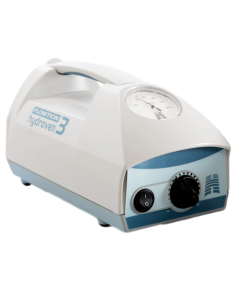
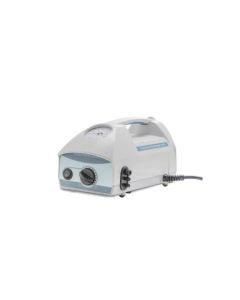
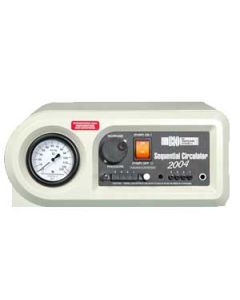


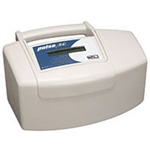
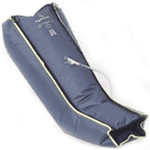
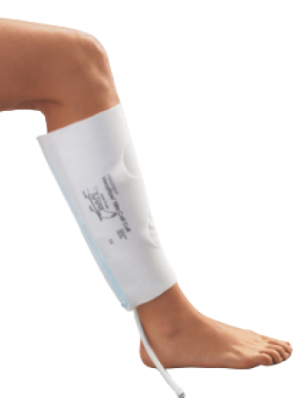
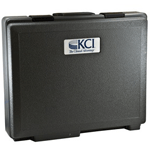

Login and Registration Form